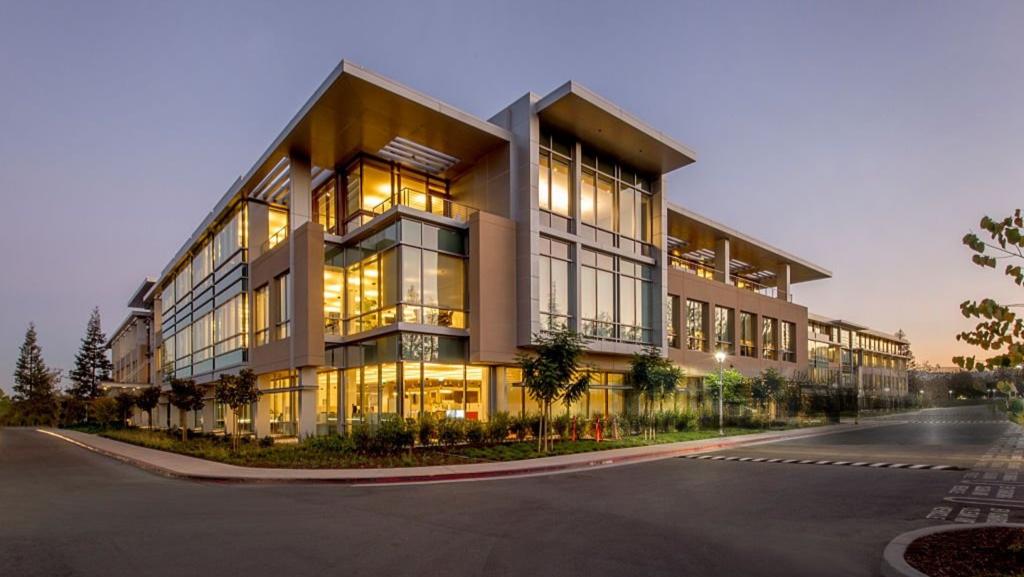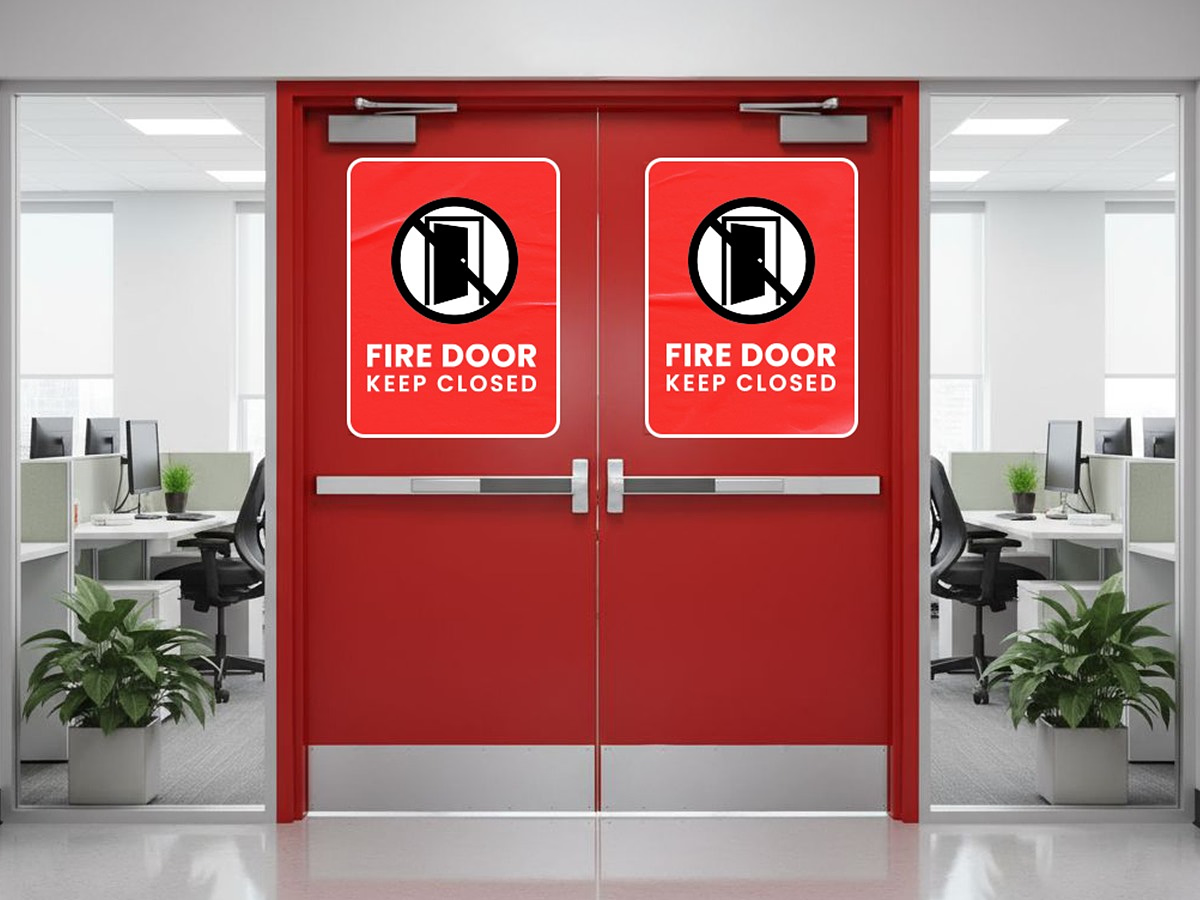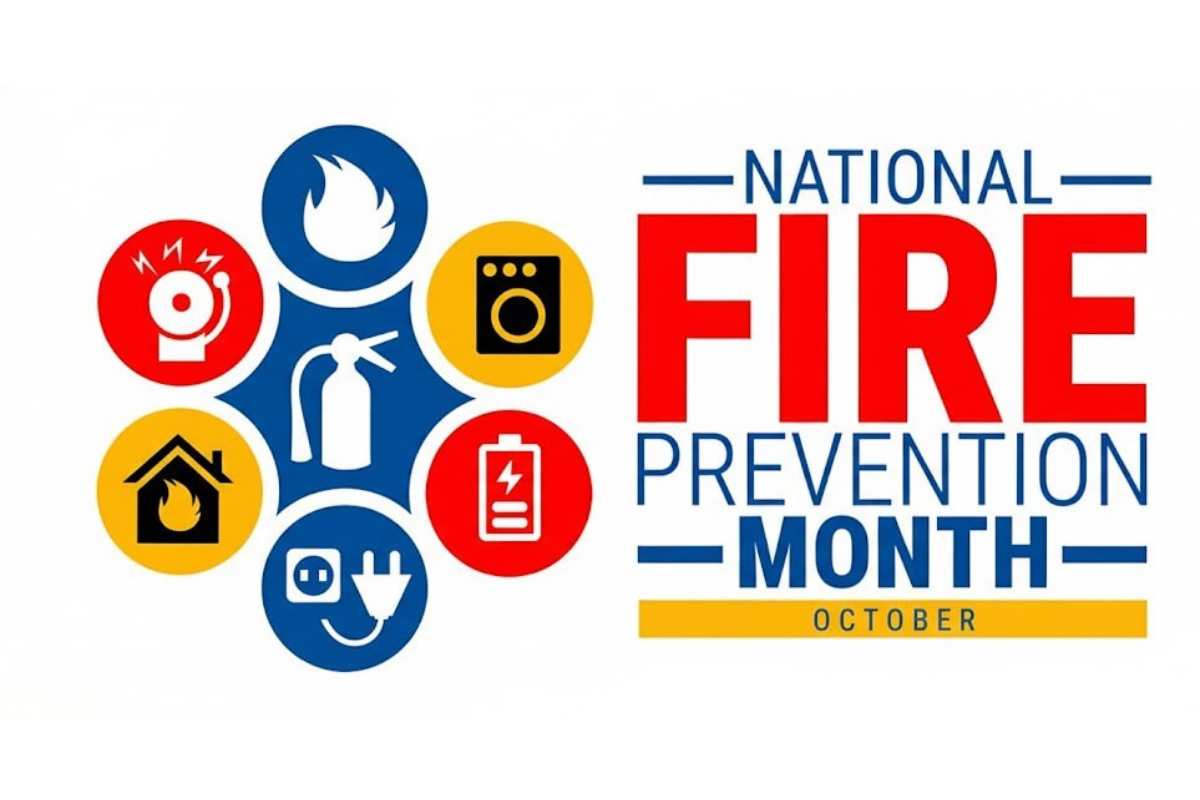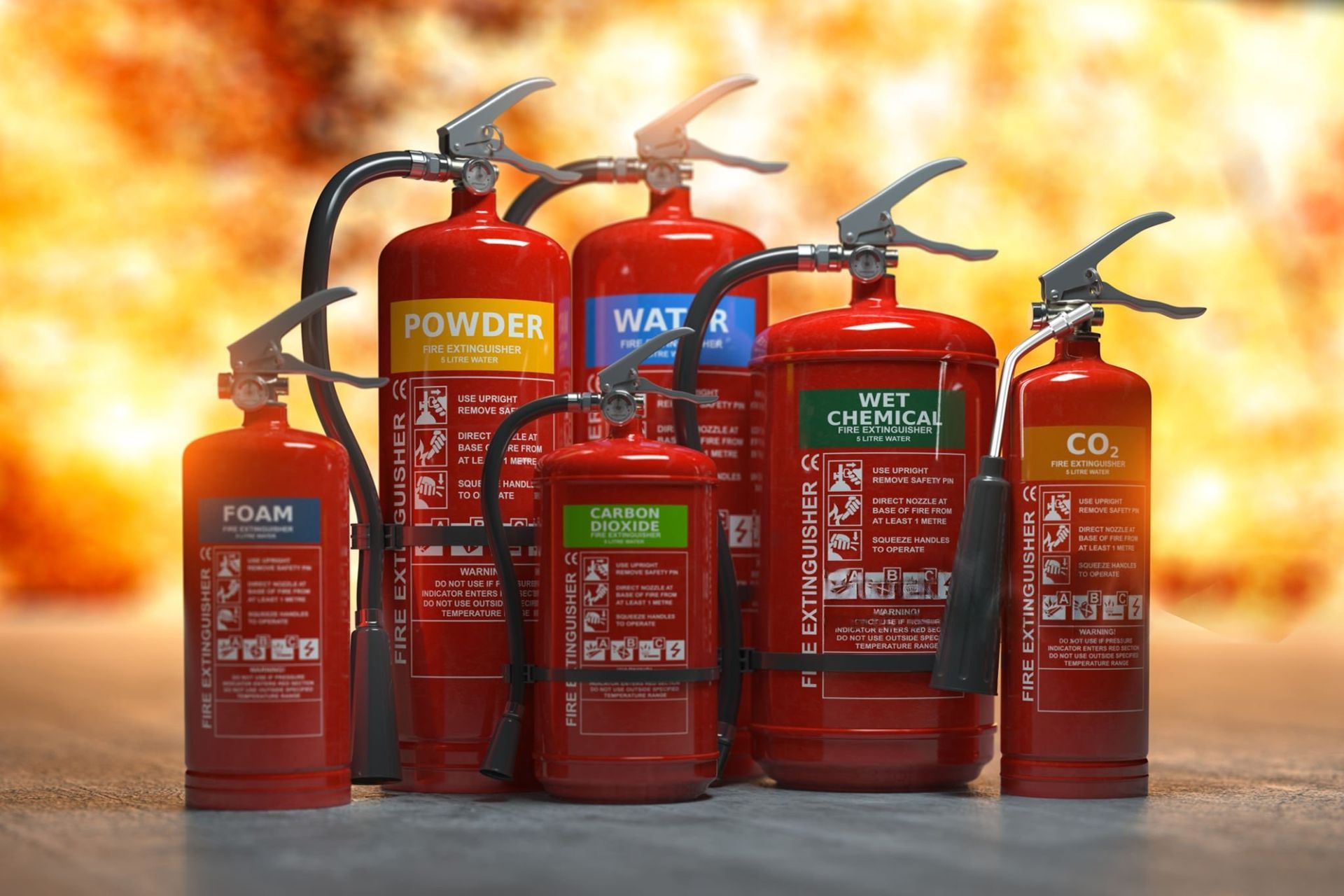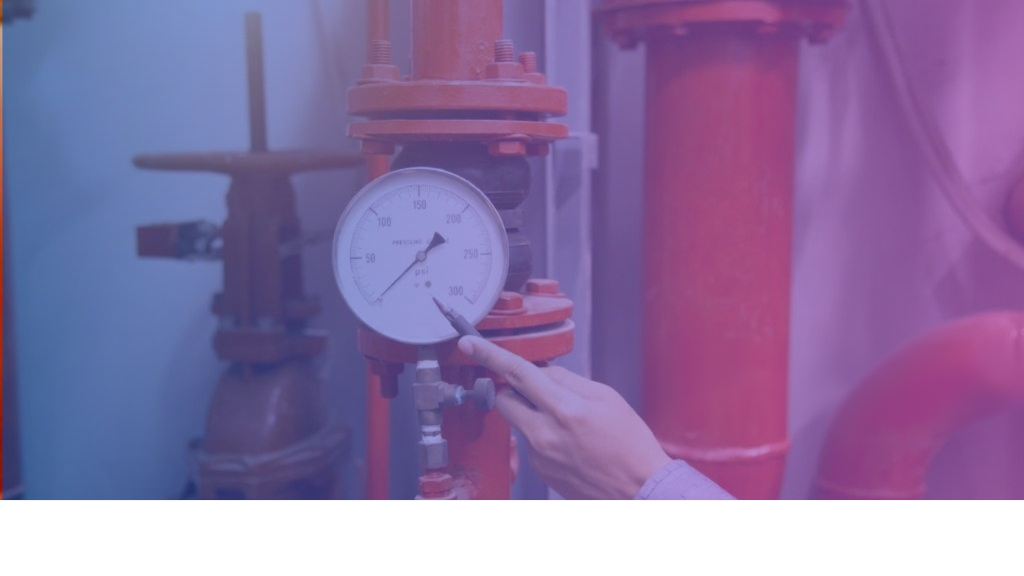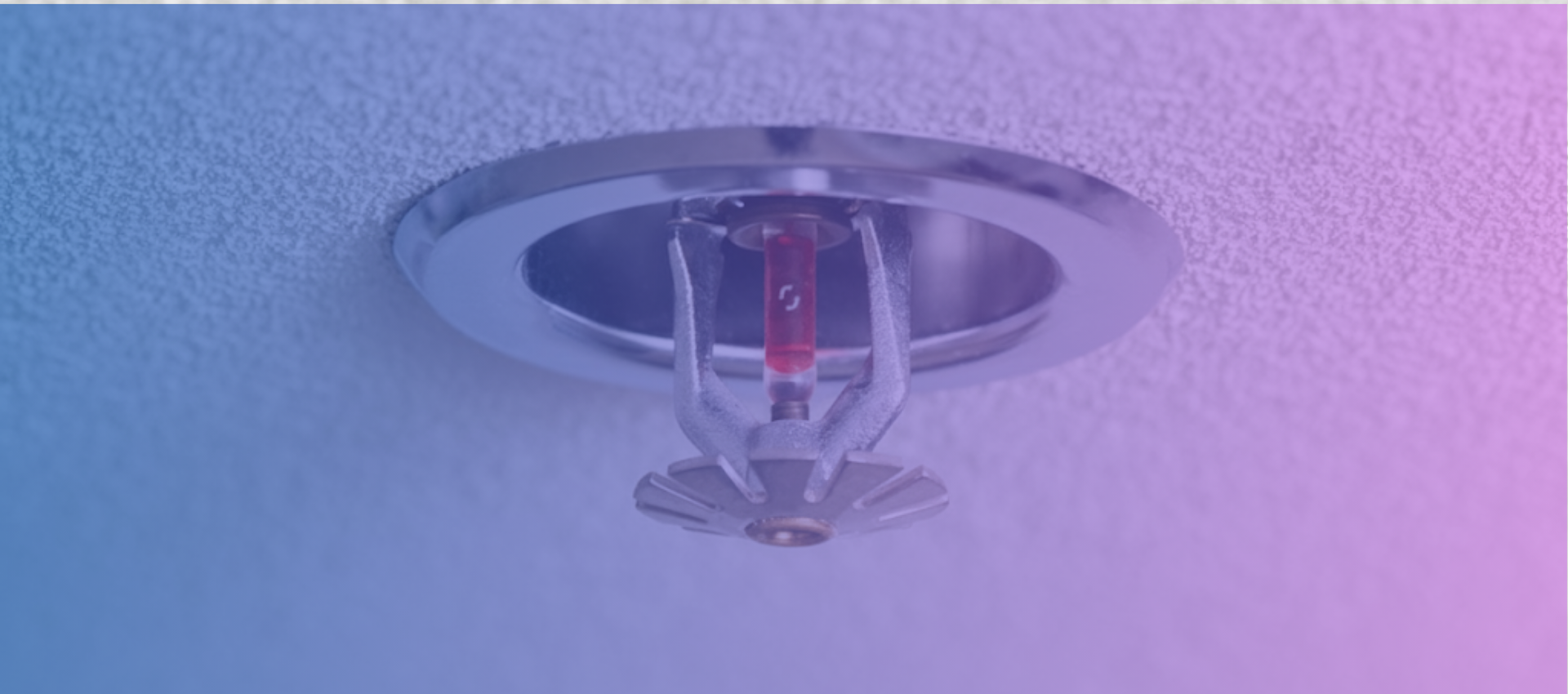Fire Sprinkler Systems in Shopping Malls: Requirements and Testing
Introduction: The First Line of Defense for Southern California Malls
As a property manager or owner of a bustling Southern California shopping mall, you juggle countless responsibilities—from tenant satisfaction to operational efficiency. But one area where there is no room for compromise is fire safety. A fire not only endangers lives but can lead to catastrophic financial losses, as seen in the 2010 Roseville Galleria fire, where a shut-off sprinkler system contributed to over $50 million in damages [1].
The Mall Difference: Why Sprinkler Requirements Are More Stringent
Shopping malls are not treated like standard commercial buildings under California law. The California Fire Code, Section 402, dedicates an entire section to their unique fire protection needs [2]. This is because malls have a higher risk profile due to large crowds, multiple tenants, and complex layouts.
Key Requirement: Independent Sprinkler Systems
The most significant difference is the requirement for multiple independent sprinkler systems. A standard building might have one system, but a mall must have separate, independently controlled systems for:
- Mall Common Areas: Concourses, walkways, and food courts.
- Each Tenant Space: Every retail store must have its own system that can be isolated.
- Anchor Buildings: Large department stores must have their own dedicated systems.
- Kiosks: Even small, temporary kiosks require their own sprinkler protection.
This ensures that if one tenant's system needs to be shut down for maintenance, the rest of the mall remains fully protected. It's a critical layer of safety that adds complexity to your testing and maintenance schedule.
Is your mall's fire protection up to code? Don't wait for an inspection to find out.
Contact Fire Testing Solutions today for a free consultation.
How Fire Sprinklers Work: Your 24/7 Firefighter
Let's debunk a common myth: fire sprinklers do not all go off at once. They are a network of individual, heat-activated firefighters waiting to respond.
How It Works:
- The Heat Trigger: Imagine a small fire starting in a store. The air directly above it heats up rapidly.
- The Glass Bulb: Each sprinkler head contains a small glass bulb filled with a heat-sensitive liquid. When the air temperature around the sprinkler head reaches a specific point (typically 155-165°F), the liquid expands.
- Activation: The expanding liquid shatters the glass bulb, releasing a plug and allowing pressurized water to flow out.
Targeted Response: Only the sprinkler head(s) directly over the fire activate. In fact,
77% of all fires are controlled by a single sprinkler head [3].
This targeted response minimizes water damage while effectively controlling the fire, often before the fire department even arrives.
NFPA 25: Your Guide to Sprinkler Testing and Maintenance
NFPA 25 is the national standard for the inspection, testing, and maintenance (ITM) of water-based fire protection systems. Compliance is not optional—it's a legal requirement that ensures your system will work when you need it most.
Here’s a simplified breakdown of the testing schedule for a Southern California mall:
| Frequency | Required Action | Purpose |
|---|---|---|
| Weekly | Visual inspection of gauges and control valves | Ensure system is pressurized and valves are open. |
| Monthly | Visual inspection of sprinkler heads and piping | Fernandez |
| Quarterly | Main drain flow test and alarm device testing | Verify water supply and that alarms are functioning. |
| Annually | Comprehensive system inspection and testing | Test all mechanical components and water flow. |
| Every 5 Years | Internal pipe inspection and sprinkler head testing | Check for corrosion and ensure sprinklers are not compromised. |
Due to the multiple independent systems in a mall, the complexity and frequency of these tests are significantly higher than in a standard commercial building. This is why partnering with a NICET-certified fire protection company is essential.
Overwhelmed by testing requirements? Let our experts handle it. Call us at 866-757-8378 to schedule your NFPA 25 inspection or Book a call.
The Cost of Neglect: A Real-World Case Study
In October 2010, an arsonist started a fire at the Roseville Galleria mall in Northern California. The fire should have been a minor incident, but it turned into a catastrophe.
What Went Wrong:
- The sprinkler system for the area had been
manually shut off.
- There was no electronic supervision to alert anyone that the valve was closed.
- The fire spread uncontrollably for over an hour.
The Result:
- Damage: A quarter of the 1.3 million sq. ft. mall was destroyed.
- Cost: Over $50 million in property damage and business interruption losses [1].
This disaster could have been prevented with two simple, required measures:
- Quarterly Valve Inspections: A technician would have discovered the closed valve.
- Electronic Supervision: A tamper switch on the valve would have sent an immediate alarm to the monitoring station the moment it was closed.
People Also Ask
Are sprinklers required in shopping malls?
Yes, all covered and open mall buildings in California require a supervised automatic sprinkler system throughout, per the California Fire Code [2].
How do fire sprinklers work in a mall?
Each sprinkler head is individually heat-activated. Only the head(s) directly over a fire will activate, spraying water to control or extinguish the blaze before it can spread.
How often do mall sprinkler systems need to be tested?
Testing frequencies range from weekly visual inspections to comprehensive annual tests and 5-year internal inspections, as mandated by NFPA 25.
What is the difference between a mall and a standard commercial building?
Malls require multiple independent sprinkler systems for common areas, tenant spaces, and anchor buildings, unlike a standard commercial building which typically has a single system.
Conclusion: Your Best Investment in Safety and Savings
For a Southern California shopping mall, a properly maintained fire sprinkler system is not just a compliance requirement—it's your most effective tool for protecting lives, property, and your investment. The statistics are clear: operational sprinklers contain fires with 94% effectiveness and reduce the risk of catastrophic loss.
The complexity of mall sprinkler systems, with their multiple independent and supervised components, demands a higher level of expertise. Regular, professional testing by NICET-certified technicians is the only way to ensure your first line of defense is always ready.
Don't let your property become the next cautionary tale. The cost of comprehensive testing is a fraction of the potential loss from a single fire incident.
Take the Next Step Towards Total Compliance
Protect your investment and ensure the safety of your tenants and customers. Contact Fire Testing Solutions for a comprehensive assessment of your mall's fire sprinkler systems.
- Book a Call:
https://www.firetestingsolutions.com/contact
- Phone: 866-757-8378
- Email: service@firetestingsolutions.com
Our Office: 700 W. First St, Suite 10 Tustin, CA 92780

